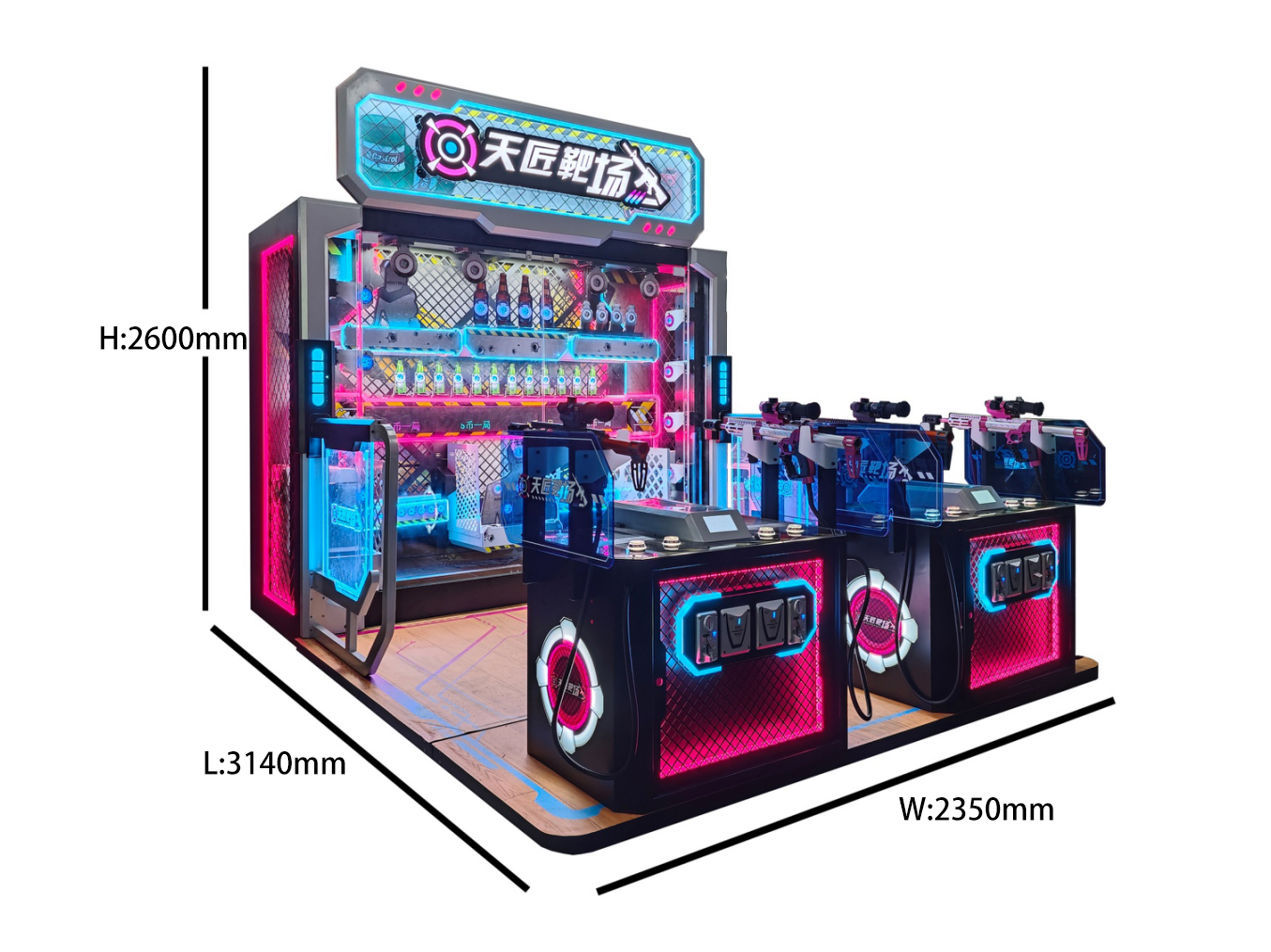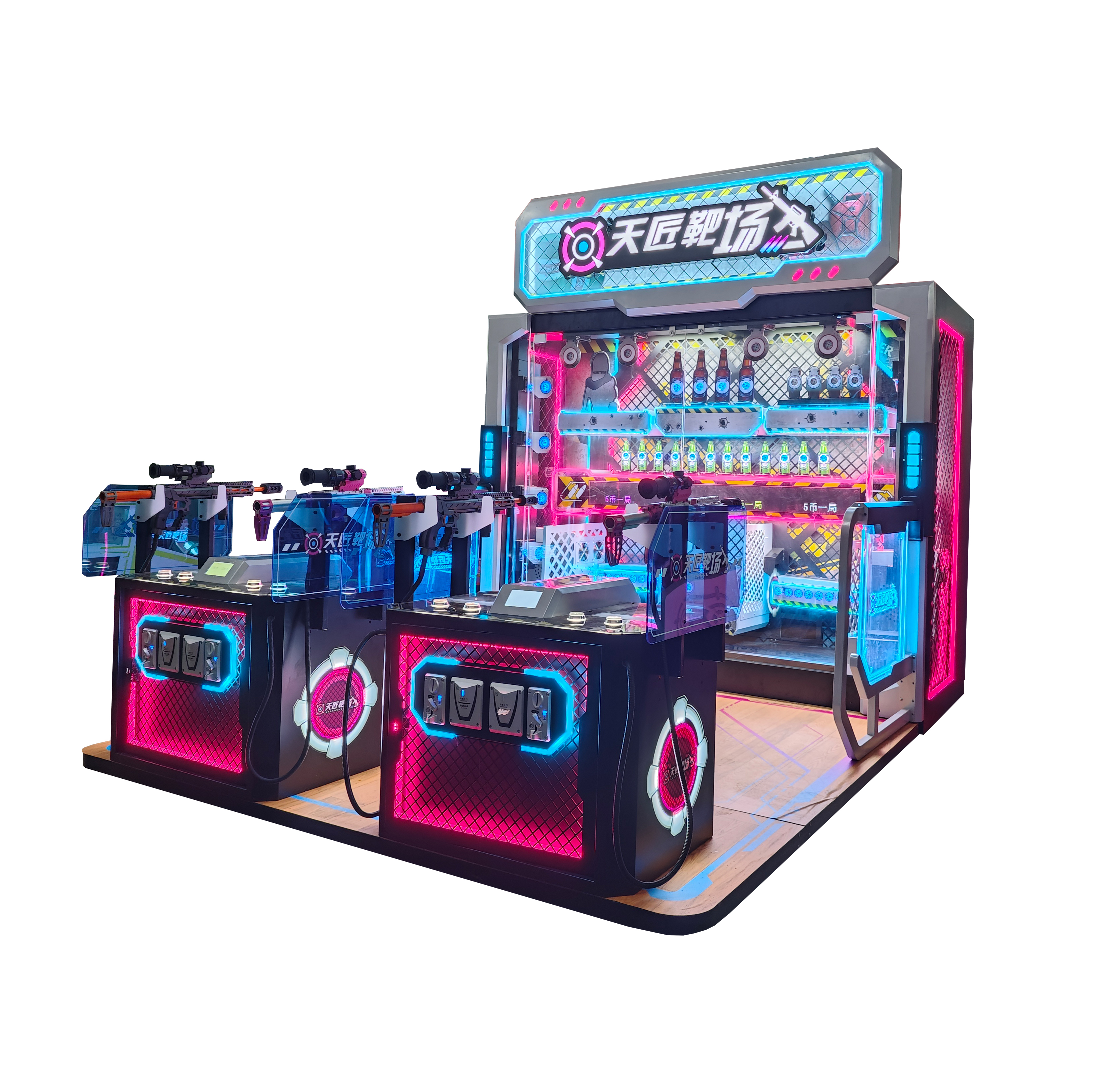The power consumption of arcade games ranges from one coin copy to another. To provide an example, one giant arcade machine with a power output of 300 watts could use up to 72 kWh in a month when run for eight hours per day. For example, if an arcade has ten duplicate machines but just about the same power consumption as one machine, then they would average out to have a monthly usage of around 720 kWh, adding up to $108. In addition to lowering operating hours as much as possible, you can also use energy-saving equipment that will reduce your electricity costs. Reducing running time by 2 hours per day can also save you up to approx.
Table of Contents
ToggleIs the electricity consumption of arcade games high
Arcade games require different levels of electricity consumption depending on their type as well as where they are located and how often they operate. Take the example of large arcade machines, and their power supplies can be hundreds of watts from 300w to 500w according to different hardware settings. If a 400-watt arcade machine is running for 10 hours each day, then the daily power consumption would pump out to be about 5 kW (4 kWh/day), which translates into an astonishing possible monthly total of around 120+ kWs. For a commercial operation such as an arcade with twenty identical machines, the total electricity consumption just from this carnival game alone could be 2400 kWh per month at $360 based on 15 cents/kWh. Emulators driving more complex software and delivering great utilization density will consume a little less power than home mini arcade machines or game consoles. Take a 50W home game console that runs for three hours per day as an example, only consumes the power of 0.15 kWh and a monthly electricity fee of less than $1;
Power consumption can vary greatly between different classes of machines based on environmental conditions. An arcade machine with a high resolution that is operated for 8 hours may be using upto 3.2 kWh per day. Even with just 15 cabinets in a modest-sized arcade, electricity could reach as much as 1440kWH per month, costing around $216. On the other end, small mini arcade machines or home gaming devices consume almost unmeasurable power. A 30-watt home mini arcade machine played for an hour and a half every day of the month has a monthly power bill that would be well under $0.3 doses per dose. As a result, the power consumption of arcade games needs to be considered in combination with specific application scenarios. While the power draw of large commercial machines is way higher compared to small home devices, overall costs fall within acceptable bounds.
Key factors affecting electricity consumption
Different factors, such as frequency of usage and configuration of hardware used, may impact the electricity consumption of arcade games. Suppose this arcade machine is operating 10 hours per day (in the right environment). In that case, it will consume Only an average sum of 4 kWh each day, while if the same kind of the original device operates only for just 4 hrs equals to dimensional — no less than as early one does. The hardware configuration also plays a vital role. The 60-inch LED machines can take up to 120 watts, while smaller 32-inch LCD screens may consume only 40 watts. The complexity of the game content also has an impact on battery life. In the case of a 3D game that consumes heavy graphics processing, you may even see an increase in power consumption by over 30%.

How to estimate power consumption
You can get an idea of how much electricity an arcade machine uses by using a simple formula. As an example, a 350-watt arcade machine that is on for 6 hours every day will use up to around 2. The cost of running this machine would be approximately $0.315 daily and about $9.45 monthly at an average electricity charge rate of 0.15/kWh. For 20 identical machines at every arcade, the electric bill for a month will tally around $189. That is why, in commercial operation, this cost must be remembered and are energies that have a significant value.
How to reduce electricity consumption
Arcade machines operate on electricity, so as an operator, you can implement several optimizations to decrease the energy consumption of games. First and foremost, they can reduce electricity consumption by setting the machines running times to be more reasonable. As an example, if a 20-machine arcade operating at 400 watts per game shortens the time they are turned on by two hours daily for every day of the month, that would save them another $144 in electricity costs, equal to roughly around 961 kWh. For the second time, lower power consumption can also be achieved through energy-efficient equipment. For instance, replacing the traditional LCD screens on each machine with low-power LED screens could decrease individual machine power consumption to 200 watts—making the entire system significantly more energy efficient. And they could, for a medium-sized arcade of about 20 machines (not uncommon in Japan), if the space switched to energy-efficient equipment, run those figures all the way down from $360/month ($18/machine) to something around just under that $180 threshold or approximately half saved every month.

Similarly, machines can be used with minimum electricity consumption after regular maintenance. Researches indicate that regular cutting and maintenance can reduce power consumption during operation, which will boost the efficiency of machines to some extent, thus lower about 10% in terms of power usage. So a standard 400-watt arcade machine could save up to 12 kWh by adopting regular maintenance, thus resulting in only $1.8 to be spent on electricity fees each month; for example, For home users, the device being a power-saving standby, select low-power game consoles and minimize gaming time can have important effects on the electricity consumption of households. Cut the gaming time by an hour per week, and that will slash consumption by, say, 1 kWh every month. While $0.15 may only be a small saving (especially with the relatively low electricity cost), over time, this amount of power adds up for most people. It offers some level of energy efficiency savings related to your home network at least. So far as scientific management and usage are concerned, the electricity consumption of arcade game machines can be well controlled in a reasonable range to both achieve good playability and avoid unnecessary expenses on power charges.
Is electricity consumption a concern
While large, coin-op arcade machines can draw a good deal of power, operators have strategies to manage and ultimately rein in costs. Take, for example, a small arcade, which might have 15 cabinets running at 300 watts for an average of about eight hours daily. This would be 1080 kWh in total monthly power usage and, therefore, $162 of electricity spent. Of course, with the same size arcade as above, using energy-saving equipment and fewer open hours, you can get this number below $120. For domestic users, if the game console is used for at most 5 hours per week, its monthly increase of electricity fee will be at most $1. This means that as long it is managed properly, the energy drain from arcade machines will not be something that we should worry about greatly.








